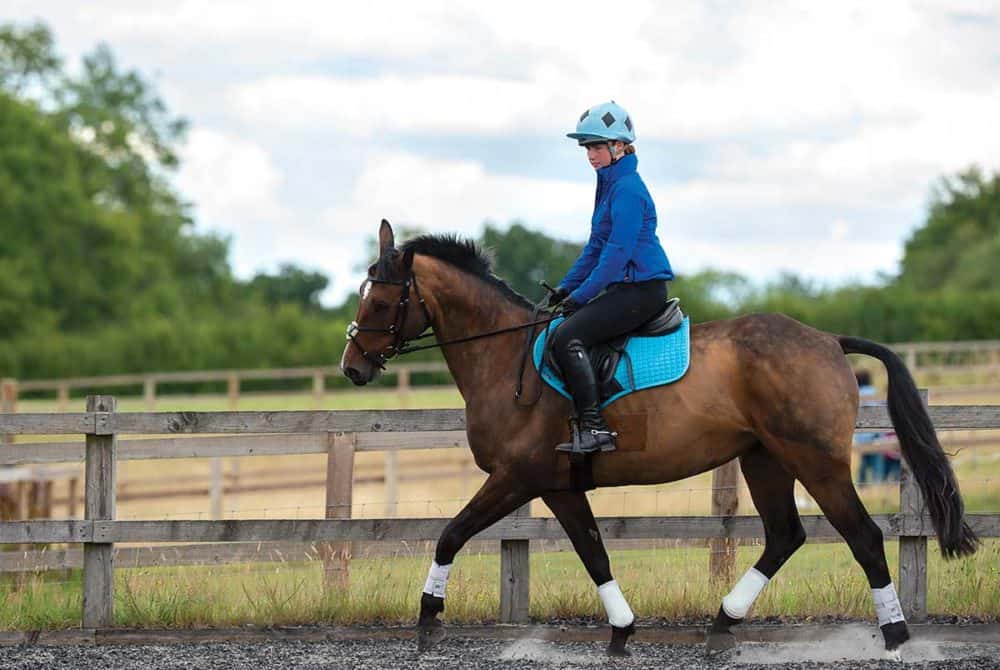He’s just not quite right…
Posted 14th October 2020
It can be difficult to judge if your horse is struggling, but identifying key behaviours can help highlight if there’s an issue. Dr Sue Dyson explains what to be aware of

How can you tell if a training plateau is horse or rider related? The truth is, it’s not always easy to differentiate between the two. And, as many of us are incredibly self-critical, it’s easy to blame ourselves for any shortfalls.
A horse’s asymmetries are easily explained away by our own imbalances or, if the horse’s performance was a bit off, it’s easy for a rider to look to themselves for the cause. They might rationalise that they’d just missed the line themselves – totally disregarding the fact that the horse usually enjoys jumping and has been trained to lock on to fences, and perhaps skirting around the fact that there’s an underlying reason for the sudden dip in performance. It’s in these sorts of cases that it truly pays to take a closer look.
Four legs
Because a horse’s weight is distributed over four legs – rather than a human’s two – it gives him the remarkable ability to redistribute the way he loads his limbs in case of low-grade discomfort. Horses typically adapt to low-grade forelimb or hindlimb lameness by reducing the range of motion of, or stiffening, the back and by taking shorter steps. If uncomfortable behind, they may also reduce hindlimb push. This can be tricky to spot to the untrained eye, only becoming clear under astute observation and by learning to feel how a horse moves to appreciate any differences in that movement.
An eye for adaptation
When looking out for abnormal movement, one of the most sensitive indications – and probably one of the first you’d notice – would be on visual examination of his back. Because an uncomfortable horse is likely to stiffen his back, he won’t use these muscles normally and therefore his topline muscles won’t develop properly or they’ll atrophy (become smaller) through disuse.
A proportion of horses may also develop muscle soreness, especially in the lumbar region behind the saddle. The horse may adapt his posture either at rest or immediately after exercise by placing his hindlimbs unusually far under his body or stretched out behind him.
Another indicator comes after watching the horse move from behind. How he moves his tail is, to some extent, a mirror of how he moves his back. In a normal horse, the tail should swing from side to side in trot in a rhythmical way. However, with reduced movement of the back, there’ll consequently be less movement of the tail and the tail may be held crookedly, to one side.
For more information on how to tell if your horse is struggling, pick up your copy of December Horse&Rider, out now.










